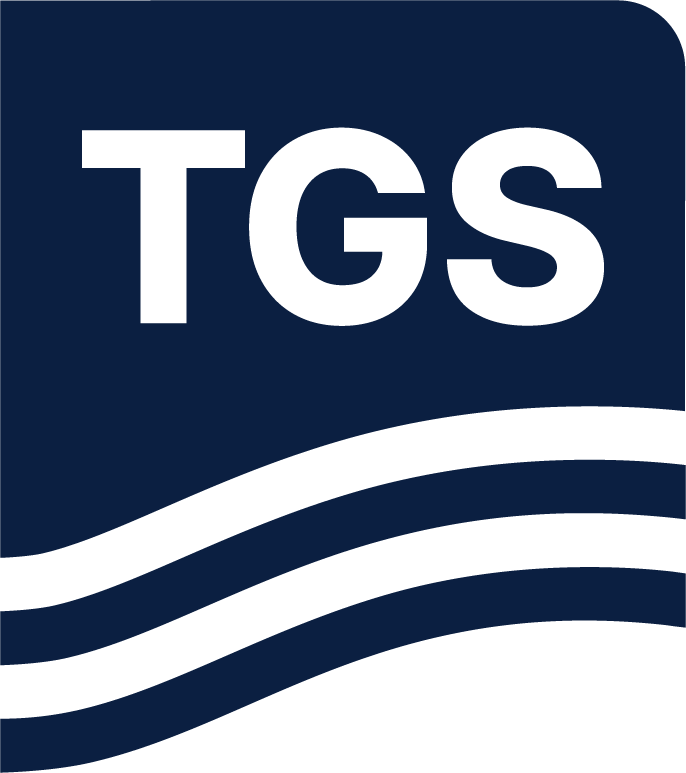Paper Summary
Migration is the process that builds an image from recorded seismic data, by (ideally) repositioning the recorded data into its ‘true’ geological position in the subsurface. The propagation of seismic waves can be described by either wave theory or ray theory, and the numerical approximations to working with these descriptions can be implemented in various
transform and data domains. Furthermore, there are two main approaches to performing migration: Time Migration, and Depth Migration, both of which can be performed either after stack or before stack.
In Part I of this tutorial, I discussed the concepts involved in migration, highlighting the major differences between time migration and depth migration, to give readers some insight into why depth migration is important in providing a reliable image of the subsurface. The concepts of ray-based and wave-based descriptions of migration were also introduced. In this second part of the tutorial, I’ll discus ray-based techniques, algorithm noise, multi-pathing, and one-way versus two-way propagation. Note that the figure numbering continues from Part I, so that reference to them can be readily made.

